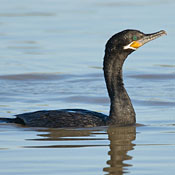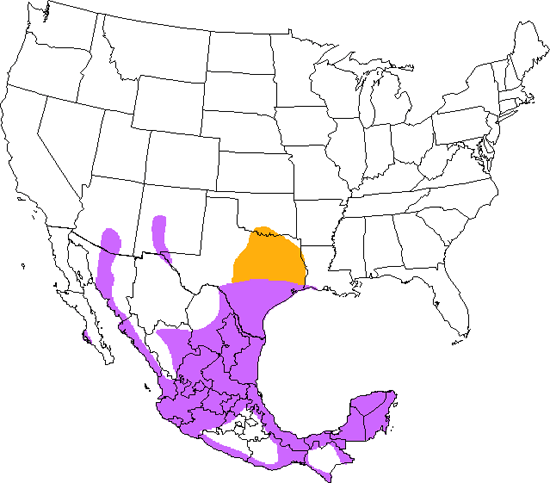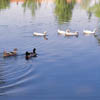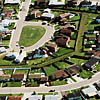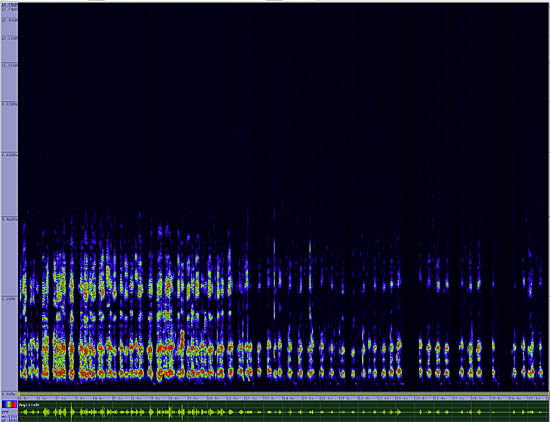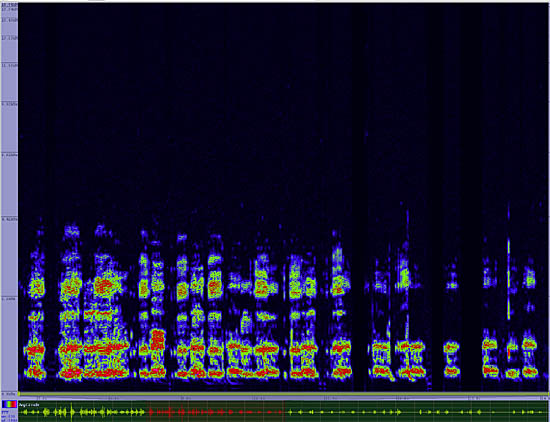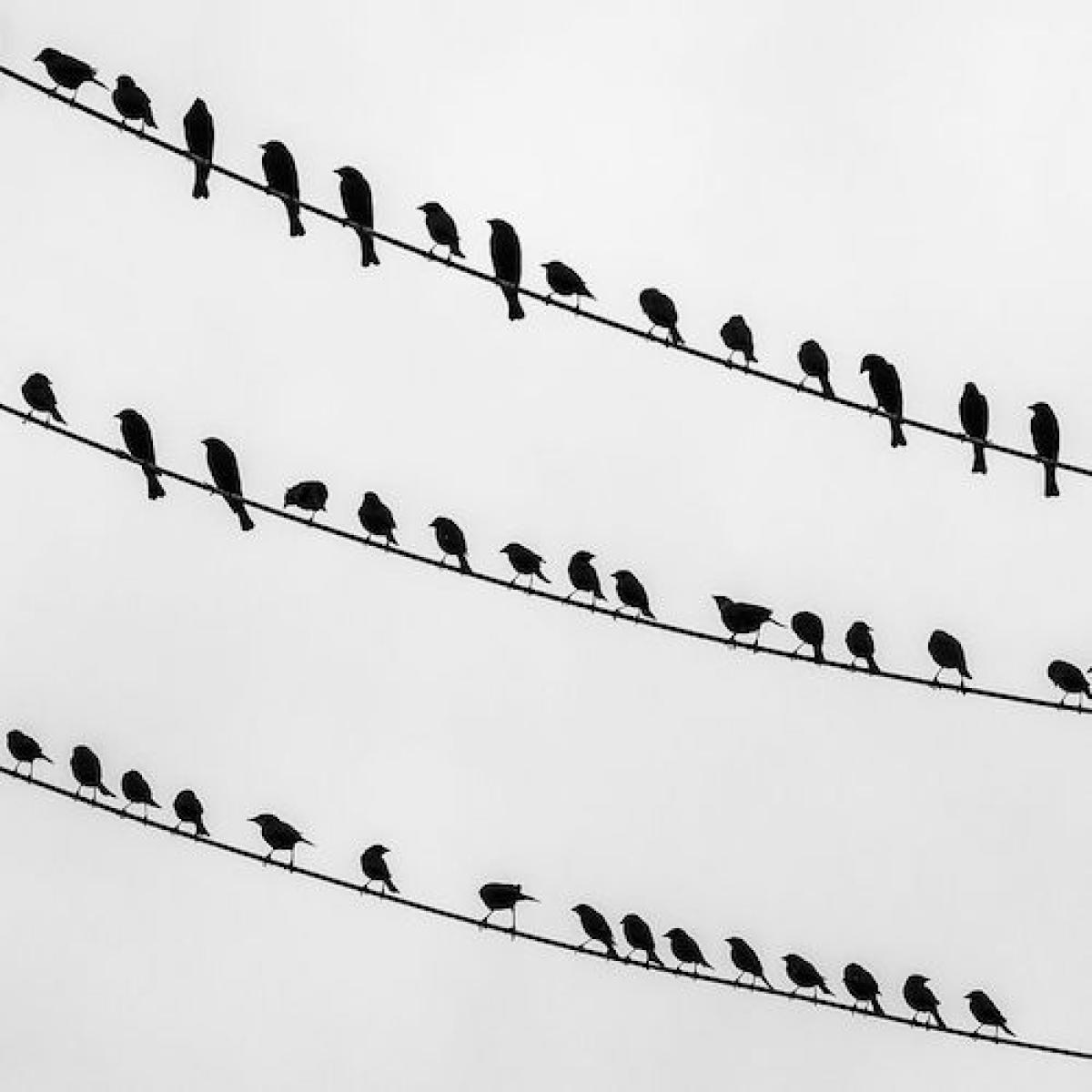Neotropic Cormorant
Phalacrocorax brasilianus

Upright Perching Water Birds
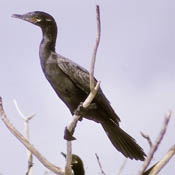
Length: 25 in. (63 cm )
Restricted to rivers, lakes, large ponds and the sea coast, this cormorant is usually most apparent sitting on a snag low over the water with its wings extended to dry. It occurs in small flocks and is often associated with the larger Double-crested Cormorant. In flight flocks of these two species fly in \V\ formations with the smaller Neotropic Cormorant obvious. They feed underwater on fish, frogs and insects and often swim and feed in small groups together. The nest is a bulky platform of sticks placed in low trees and usually in colonies with other cormorants and herons.
The four-digit banding code is NECO.
Bibliographic details:
- Article: Neotropic Cormorant
- Author(s): Dr. Biology
- Publisher: Arizona State University School of Life Sciences Ask A Biologist
- Site name: ASU - Ask A Biologist
- Date published: 13 Jul, 2017
- Date accessed: 23 September, 2025
- Link: https://askabiologist.asu.edu/activities/bird/neotropic-cormorant
APA Style
Dr. Biology. (Thu, 07/13/2017 - 15:37). Neotropic Cormorant. ASU - Ask A Biologist. Retrieved from https://askabiologist.asu.edu/activities/bird/neotropic-cormorant
Chicago Manual of Style
Dr. Biology. "Neotropic Cormorant". ASU - Ask A Biologist. 13 Jul 2017. https://askabiologist.asu.edu/activities/bird/neotropic-cormorant
MLA 2017 Style
Dr. Biology. "Neotropic Cormorant". ASU - Ask A Biologist. 13 Jul 2017. ASU - Ask A Biologist, Web. https://askabiologist.asu.edu/activities/bird/neotropic-cormorant
Be Part of
Ask A Biologist
By volunteering, or simply sending us feedback on the site. Scientists, teachers, writers, illustrators, and translators are all important to the program. If you are interested in helping with the website we have a Volunteers page to get the process started.



